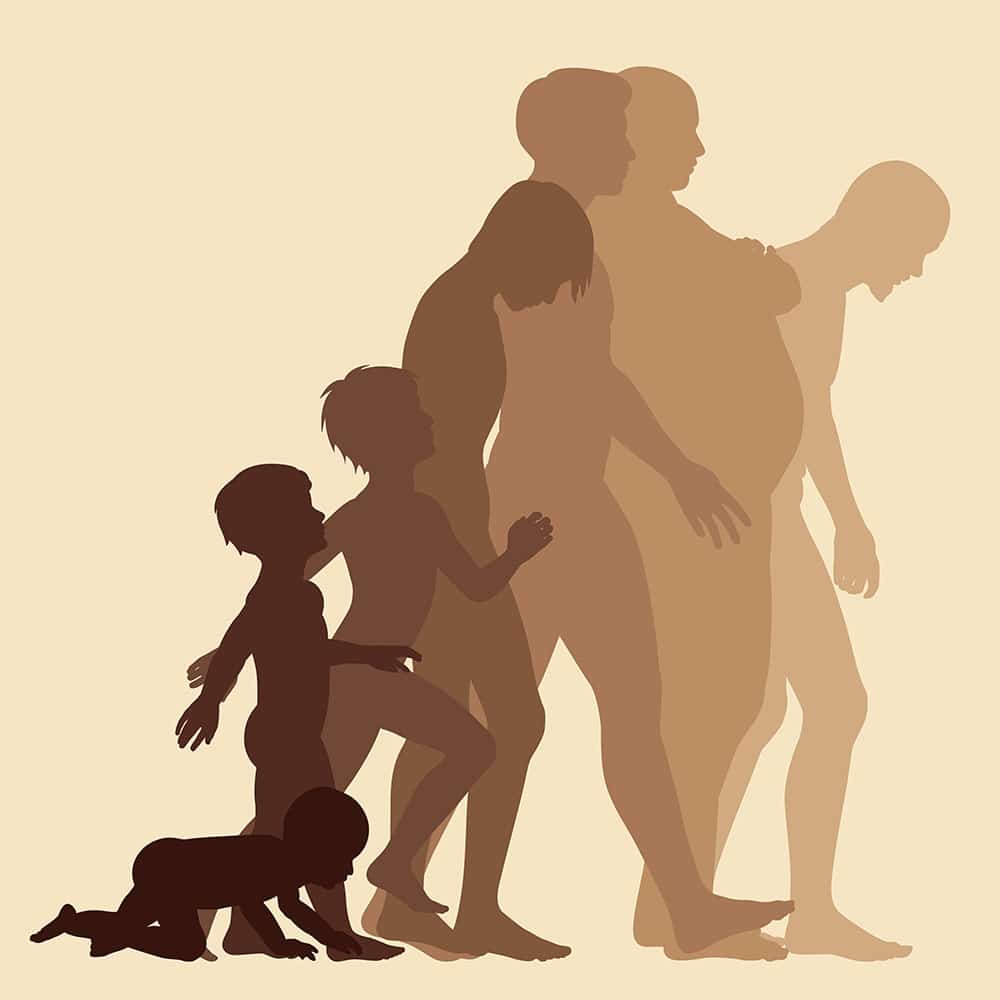Several separate studies have concluded that maximum lifespan for humans is fixed, others saying that it isn’t, as it would seem research is acknowledging there is no clear agreement about age pattern of old age deaths, some suggesting death numbers should become compressed at advanced ages, while others suggest it should become more dispersed, with others maintaining they are consistent with little change in dispersion.
Researchers from Stanford University and Huazhong University have analysed annual life tables from the Human Mortality Database for the years between 1960 to 2010 in 20 industrialised countries and concluded that old age survival follows an advancing front. Long term speed of the front is around 0.12 per year, or around 3 years per generation. Therefore today’s age of 68 is the equivalent of 65 a generation ago in terms of mortality. Male survival fronts are lower long term speed and more dispersed than females. Front behaviour was found to be similar over the 50 years for both sexes in all of the studied countries.
The study published in the journal Proceedings of the National Academy of Sciences unexpected results highlight plasticity of old age human mortality with deaths steadily delaying as societies develop, and is supportive of an ongoing increase in the age of transitioning to disability.
This study raises questions of what old means in today’s modern society and when support for the elderly should begin, It was noted that Japanese females have 80% probability of living past 60 in 1960, which grew to 70 by 1977, and increased to 80 in 2011. Endowments, biological or other are suggested to be principal determinants of old age survival, according to the researchers.
Advancing survival fronts suggest effects of inequality on mortality possibly being smaller among older adults than among those that are younger. Period life tables were used for analysis not cohorts suggesting continued mortality improvement depends on period processes such as economic growth, investment and advances in practice and in health science research, and increases in the age of transition to disability.
Differences in location and speed of advancing front between genders of countries could not be explained, researchers suggest the surprising regularity of their findings should be used to improve mortality forecast.




